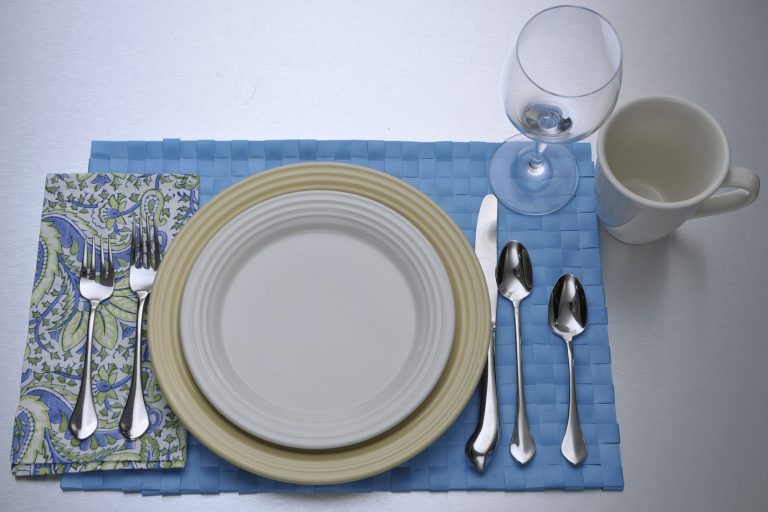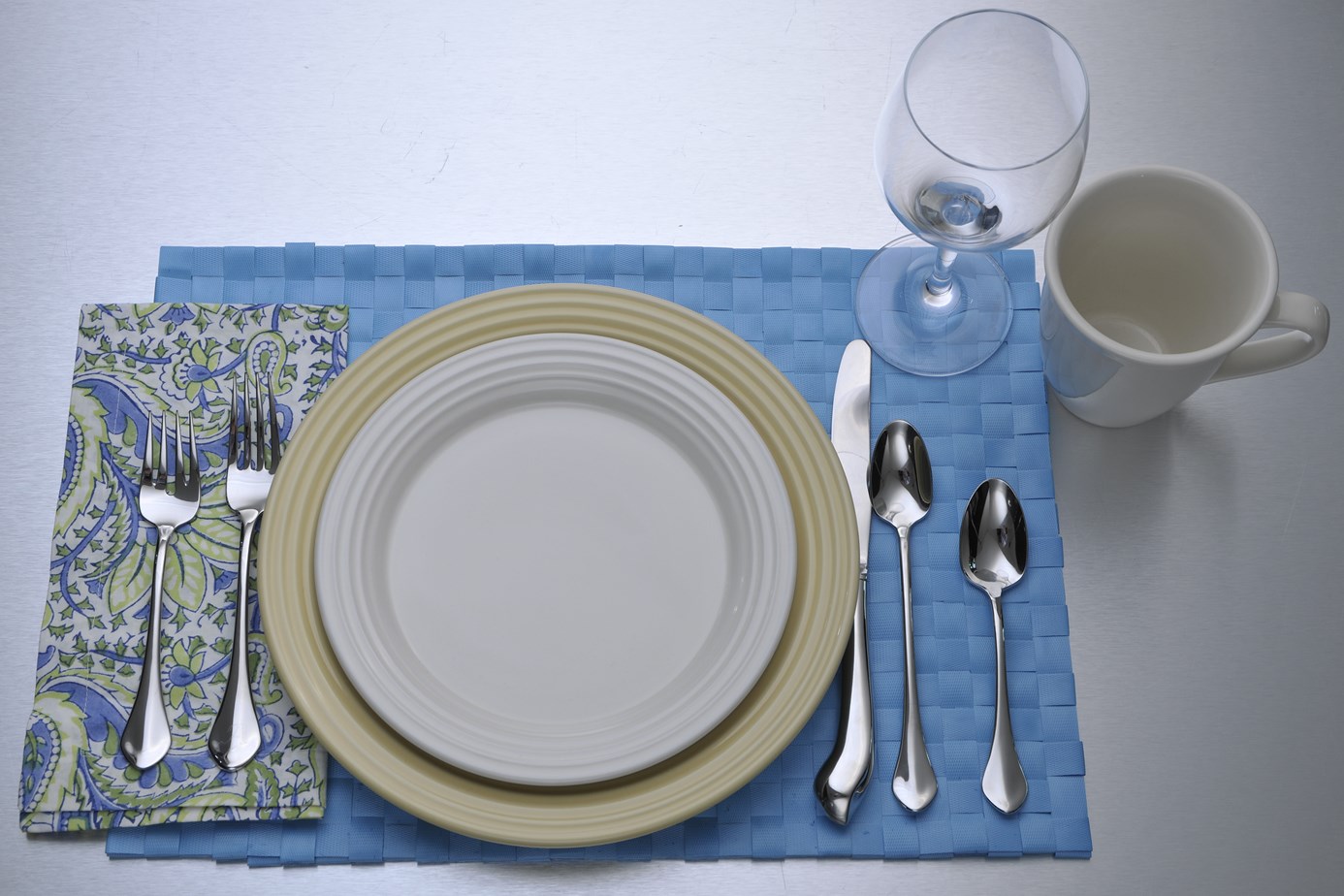 One of the elements of ONEG SHABBAT is to have (and enjoy) three meals on Shabbat. This idea is linked to the pasuk from this week’s sedra (16:25): “And Moshe said: Eat it (the Manna) today, for today is Shabbat to G-d; today you will not find it in the field.” The threefold use of the word HAYOM (today) in reference to eating the Manna is considered an ASMACHTA for the Rabbinic rule requiring three meals on Shabbat.
One of the elements of ONEG SHABBAT is to have (and enjoy) three meals on Shabbat. This idea is linked to the pasuk from this week’s sedra (16:25): “And Moshe said: Eat it (the Manna) today, for today is Shabbat to G-d; today you will not find it in the field.” The threefold use of the word HAYOM (today) in reference to eating the Manna is considered an ASMACHTA for the Rabbinic rule requiring three meals on Shabbat.
The following is based on the halachic section of YEINA SHEL TORAH on SHABBAT KODESH by R. Binyamin Adler (Feldheim Publ.). His sources include Rambam, the Shulchan Aruch, Mishna B’rura, and other halachic works.
Everyone is required to have of Seudah Shlishit; one should be careful to do it, even if one is satiated (from lunch).
Shulchan Aruch states clearly that women are obligated too. The Mishna Berura elaborates on this point and reiterates that women have equal requirements for all aspects of Shabbat. Furthermore, women were equal beneficiaries of the miracle of the Manna, this being a/the source for Shalosh Seudot. Women should take this mitzva seriously, especially in families where the men have Seudah Shlishit in shul between Mincha and Maariv. Many women in that setting feel it unnecessary for them to have the third Shabbat meal.
One should have KAVANA (have in mind) to fulfill the mitzva of Three Meals on Shabbat when eating Seudah Shlishit.
One need not torture himself in order to eat Seudah Shlishit. If one is stuffed from lunch (and afternoon snacks), he is exempt from Seudah Shlishit. The mitzva is part of ONEG Shabbat and was not given to us for our discomfort. (On the other hand, one should pace himself so that this situation does not occur.)
The third Shabbat meal may be eaten from Mincha time – the earliest time that one may daven Mincha, namely from a half hour after halachic noon. It is preferable to eat Seudah Shlishit, not just after Mincha time, but actually after one davens Mincha. If this is not practical, the meal can be eaten before Mincha.
One should be careful to begin the meal before sunset. If begun on time, Seudah Shlishit may continue as late as you like. How much after sunset may one still begin Seudah Shlishit is a matter of differing Psak Halacha; consult your Rav if this situation occurs.
Ideally, one should have the twin loaves of Shabbat for Seudah Shlishit too. The use of two loaves to “break bread” is based on the Manna which fell in double amount on Erev Shabbat, allowing the people to prepare some for the Shabbat, when the Manna did not fall. This is recorded in B’shalach, this week’s sedra. If one does not have Lechem Mishna, then HaMotzi may be said on one loaf, or even a slice.
It is proper to use Lechem Mishna for Seudah Shlishit. Can one do less? Yes. But why would you want to?
Does one need to cover the Challot? No, for one reason and yes for another. Recommendation is to cover the Challot at Seudah Shlishit, but to remove the cover for the HaMotzi bracha, even if it is your custom to leave them covered during the bracha at the other Shabbat meals.
There are opinions that Mezonot is sufficient. Some allow other foods as well. One should follow the first opinion, that requires Challah, unless one is too full from lunch to have a whole meal. In other words, “I don’t feel like washing” should not be the reason that one does not have bread at Seudah Shlishit.
One should sing Z’mirot at Seudah Shlishit; Mizmor L’David is traditional for this meal; some say/sing it three times. Y’did Nefesh is also a traditional Seudah Shlishit song. One should learn Torah at this meal, and share divrei Torah with family and guests.
R’tzei for Shabbat is included in Birkat HaMazon regardless of how far into the night one’s Seudah Shlishit has been extended. If one davened Maariv before benching, or said Baruch HaMavdil bein Kodesh L’chol before benching, then R’tzei is not said.
If one forgot to say R’tzei, one does not repeat the benching. This ruling differs from the other two Shabbat meals, for which forgetting R’tzei does require repetition of the Birkat HaMazon. Since bread is required for the first two meals, it is as if the Shabbat requires the benching, not just the bread. Therefore, leaving out R’tzei invalidates the benching. Since other foods can qualify for Seudah Shlishit, we can say that Shabbat itself does not require the benching. The bread does. If one eats bread (as one should for Seudah Shlishit), then it is proper to mention Shabbat with R’tzei. But leaving it out by mistake is not a “fatal” error, benching- wise.
This is a good Shabbat to start being more careful about the mitzva of Shalosh Seudot. Just because many people don’t seem to take Sh.Sh. seriously, it is not a good reason to do so too. G-d honored Shabbat with food – the Manna and the Lechem HaPanim in the Mikdash. We should honor the Shabbat in similar ways too.
